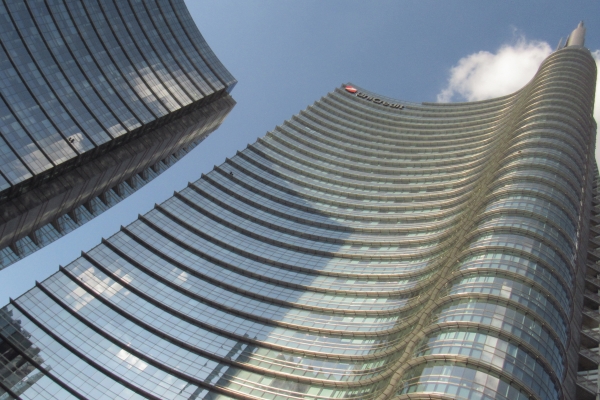Italians hit the market while the sun shines
Italian banks raised more from senior through to AT1 bonds in June and July than in the whole of 2018, as Europe-wide, national and issuer-specific positives combined to allow them the flexibility to issue at attractive levels across the capital stack.
UniCredit took centre stage, entering the market with a senior preferred transaction the day of ECB president Mario Draghi’s now famous Sintra remarks, and attracted some EUR4.3bn of orders to a EUR1.25bn six year non-call five, allowing it to tighten pricing more than 30bp to 155bp over mid-swaps, roughly flat to fair value. The success of the trade was an early signal that market dynamics were returning to the highs seen earlier in the year.
Six days later, UniCredit returned with another six non-call five, this time in senior non-preferred format, and attracted some EUR2.2bn of orders to the EUR750m deal, allowing for a similar degree of tightening, to 190bp over.
“The beauty of these trades was that UniCredit paid a very limited premium for the call, around 10bp, and most importantly crystallised a SP/SNP subordination premium, of around 40bp, that they can monitor over time and use as RV tool and funding guidance,” said Vincent Hoarau, head of FI syndicate at Crédit Agricole CIB.
The national champion enjoyed further good news on 18 July, when Moody’s upgraded UniCredit’s SNP rating from Baa3 to Baa2 and its Tier 2 rating from Ba1 to Baa3, investment grade. The rating agency cited the derisking and strengthening of its credit profile, underpinned by a sharp reduction in its stock of problem loans in recent years, together with improved and more stable profitability. Moody’s move also came only days after S&P had changed UniCredit’s outlook from negative to stable.
Thanks to the improved ratings, UniCredit’s outstanding Tier 2 snapped tighter, its 4.875% 2029 non-call 2024s, for example, tightening almost 100bp in the following two weeks.
“This is a very well-deserved rating action rewarding years of hard work,” said Hoarau. “It immediately corrected foolish valuations of UniCredit Tier 2 instruments in the secondary market.”
In between UniCredit’s two trades, sentiment towards Italy was boosted by rumours that the European Commission would not initiate an Excessive Deficit Procedure for the country and the day after UniCredit’s SNP, Intesa Sanpaolo took advantage of the auspicious conditions by selling the biggest trade of the Italian summer supply, a EUR2bn senior preferred deal split into five and 10 year tranches that attracted a combined EUR6.5bn of orders.
On 3 July the Commission confirmed the rumours and the sovereign itself on 9 July attracted over EUR17.5bn of demand to a EUR3bn tap of the March 2067 BTP. The Republic thereby tapped into the outperformance of BTPs, which saw the yield on the 10 year almost halve from mid-May to a 33 month low of 1.499% on 18 July.
And the following day UBI Banca attracted some EUR1.4bn of orders to a 10 non-call five Tier 2 that it upsized to EUR300m and priced at 475bp over mid-swaps, following IPTs of the 510bp area. This followed a EUR500m five year SNP for the issuer on 13 June.
A wave of second tier Italian financial institutions also rode the strong market sentiment to successful trades, moving progressively further down the capital stack and credit spectrum. FinecoBank sold a EUR300m no-grow perpetual non-call December 2024 debut AT1 at 5.875% on 11 July, and Banca Monte dei Paschi di Siena launched senior preferred and then Tier 2 trades in the triple-C range just two weeks apart. The EUR500m three year senior preferred bond was priced at 4% on 4 July, and its EUR300m 10 year bullet Tier 2, rated Caa2/CCC+ (Moody’s/Fitch) at 10.5% on 17 July.
But by the time Banca Popolare di Sondrio issued a EUR200m 10 year non-call five Tier 2, rated BB (Fitch), at 6.25% on 23 July, the bullishness began to wane, as differences within Italy’s ruling coalition resurfaced, bringing political issues to the fore once more.

